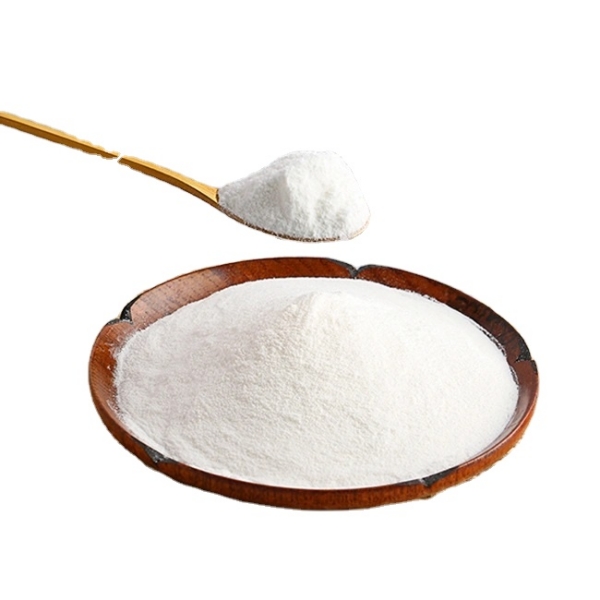Walk into any health store, and you’ll find a war of words on collagen labels: “hydrolyzed,” “dipeptide,” “tripeptide.” But beneath the marketing lies a fascinating biological truth. The real difference between a collagen dipeptide and tripeptide isn’t just one amino acid—it’s a fundamental difference in how they communicate with your cells.
Think of your body’s collagen-producing factories, the fibroblasts, as a construction site. They need both raw materials and precise blueprints. This is where the two peptides diverge completely.
The Precision Command: Tripeptide’s Lock-and-Key Message
A collagen tripeptide, specifically the renowned sequence Glycine-Hydroxyproline-Proline (Gly-Hyp-Pro), is not just a building block. It’s a bioactive key.
This specific three-amino-acid sequence is a recurring signature in your body’s own collagen. When absorbed, it travels intact to the dermis and fits perfectly into receptors on the surface of fibroblasts. This binding is like a CEO handing down a direct executive order: ”Initiate collagen production now.”
This isn’t a suggestion; it’s a targeted, efficient command. Research shows this direct signaling can upregulate the production of not only new collagen but also hyaluronic acid and elastin. For outcomes like improved skin elasticity and wrinkle reduction, the tripeptide’s role is one of precise instruction.
The Foundational Instruction: Dipeptide’s Essential Support
A collagen dipeptide, often a Proline-Hydroxyproline (Pro-Hyp) pair, plays a equally crucial but different role. It’s the foreman who ensures the site has the essential parts to operate.
While it can be broken down into amino acids, evidence shows certain dipeptides also act as signaling molecules. However, their message is broader. They don’t give the “start building” command as directly. Instead, they provide foundational support that primes the cellular environment for repair and can activate broader protective pathways, like the body’s Nrf2 antioxidant system.
Their power lies in versatility. They support the health of various connective tissues—joints, bones, and skin—by ensuring the fundamental components for repair are readily available.
The Intelligent Choice: Conversation Over Consumption
So, which do you choose? The answer lies in the conversation you want to have with your body.
- Choose tripeptides when you want to send a prioritized, urgent message specifically to your skin cells, telling them to focus on rejuvenation.
- Choose dipeptides for foundational, whole-body support, ensuring all your connective tissues have the core instructions and raw materials for maintenance and resilience.
The future of collagen supplementation is not about consuming more; it’s about communicating smarter. Understanding this cellular conversation allows you to move beyond generic nutrition and make a choice that speaks directly to your body’s needs.
Post time: Oct-29-2025





